I do not think in the Southern States there is a group of Mounds to compare to Moundville, in the arrangement and state of preservation of the mounds (Clarence B. Moore, amateur archaeologist, 1910).
Spanning more than 300 acres, Moundville Archaeological Park preserves the largest indigenous mound complex in the Southeast and the remains of a civilization that dominated most of present-day Alabama between AD 1120 and AD 1650. Twenty-nine mounds are arranged around an enormous rectilinear plaza reflecting the sociopolitical composition of the Native American society that occupied the site for over 500 years. Aside from its highly visible earthen monuments, the site also contains numerous archaeological deposits that attest to the rich ceremonial, social, and political lives of the city’s inhabitants. The remains of houses, ceremonial and civic buildings, heaps of accumulated trash, a mile-long bastioned palisade, leveled plazas, and the footprints of still other mounds are present within the Park. Nestled in a fertile river valley, Moundville was the ideal location for the seat of one of North America’s preeminent Pre-Columbian cultures.
For nearly 200 years, Moundville and its surrounding population of 5,000 was unmatched in size by any other North American indigenous settlement. Minor centers within its direct sphere of influence appear to have benefitted by association with powerful Moundville elites, but remained small in scale. Larger, distant centers also cultivated relationships as is evidenced by the proliferation of art objects originating at Moundville and distributed to contemporary sites across the Southeastern United States.
Moundville’s skilled craftspeople produced religious and political objects according to a well-defined artistic system and with unparalleled technical skill. Representational art in the Hemphill style depicts contemporary practices as well as a pantheon of supernatural creatures, many of which remained prominent in Native American ideology well into the historic period.
This site is very important to numerous Southeastern indigenous tribes who assert an ancestral connection with those who built and occupied Alabama’s ancient mounds. The earthwork landscapes and the objects and information recovered from them reveal a rich cultural tradition that still thrives today among these tribes. Our indigenous mound sites represent a heritage for all Alabamians to cherish, and it is important that we protect and preserve them for future generations.
Located in Hale County.
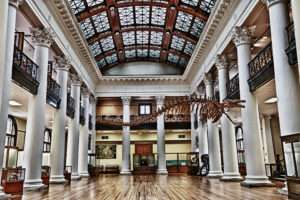
Alabama Museum of Natural History
The Alabama Museum of Natural History, with thousands of invaluable specimens from all lines of scientific research, is a lasting monument to the ener
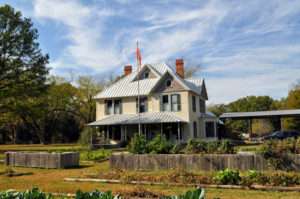
Alabama Rural Studio
Rural Studio is an off-campus design-build program of Auburn University. The program, established in 1993 by D.K. Ruth and Samuel Mockbee, gives archi
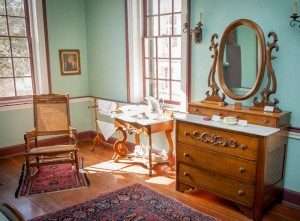
Gorgas House Museum
The Gorgas House Museum is the oldest structure on the University of Alabama campus. Built in 1829, the building served as a dining hall, hotel, and r
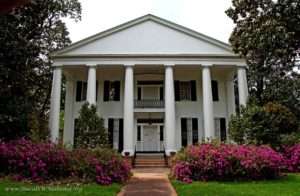
Magnolia Grove
Magnolia Grove, an excellent example of temple-style Greek Revival architecture, was built around 1840 as a town house by Isaac and Sarah Croom, whose

Oakmulgee Division, Talladega National Forest
The 157,000 acre Talladega National Forest, Oakmulgee District is located in the Fall Line Hills of the Eastern Gulf Coastal Plain Physiographic Regio
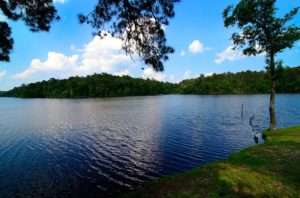
Payne Lake Recreation Area
Payne Lake could be described as a microcosm of the Oakmulgee National Forest, with its mixed hardwood-pine forest, cattail swamp and rolling hills in

Pie Lab
PieLab is a pie shop meant to gather communities together. It’s founded on the idea that simple things, like delicious pie and good conversation, can
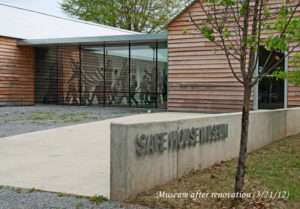
The Safe House Black History Museum at Greensboro, AL
On the night of March 21, 1968, Rev. Martin Luther King Jr. sought refuge from the Ku Klux Klan inside a small, shotgun-style home in the depot neighb

You must be logged in to post a comment.